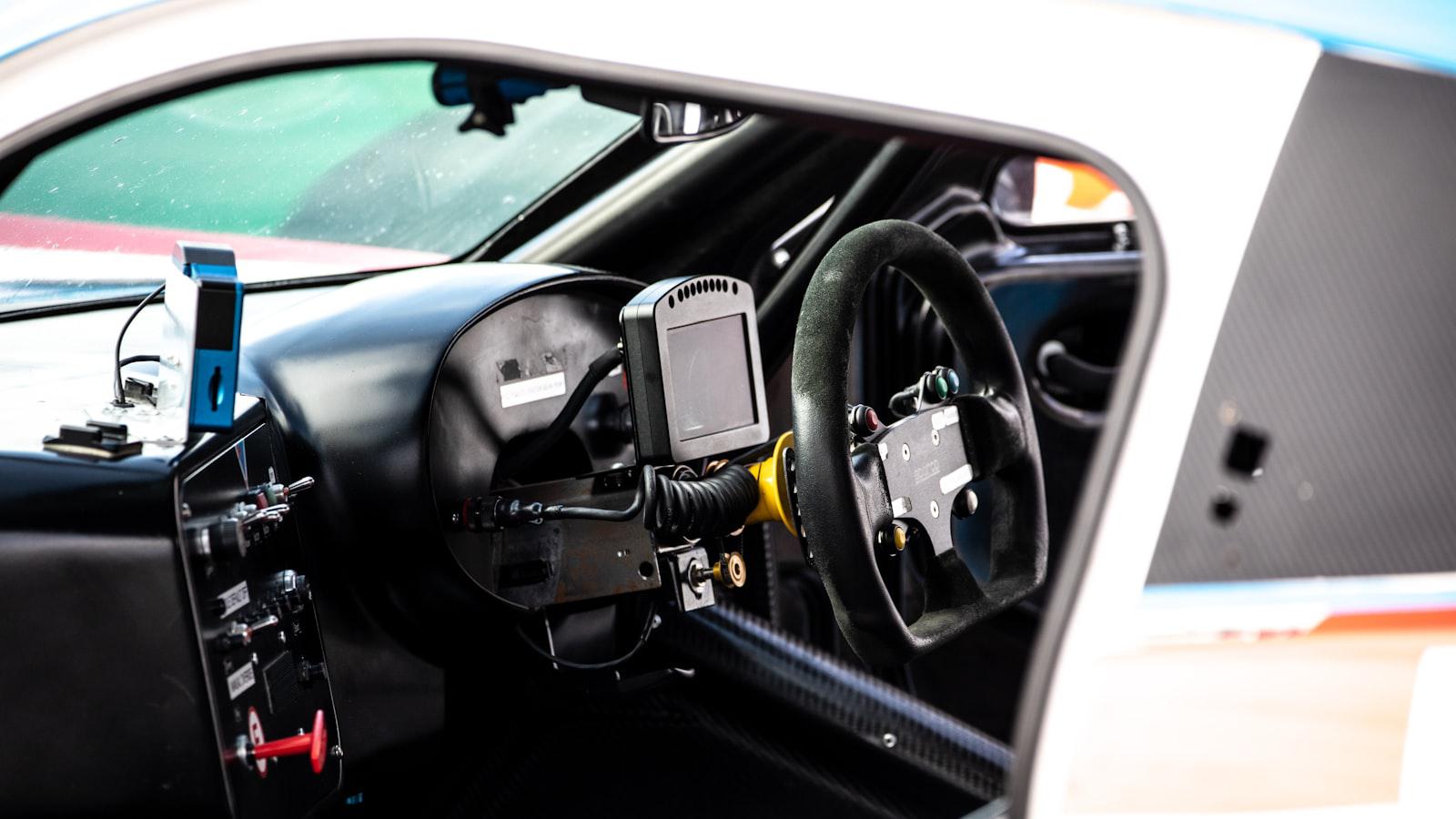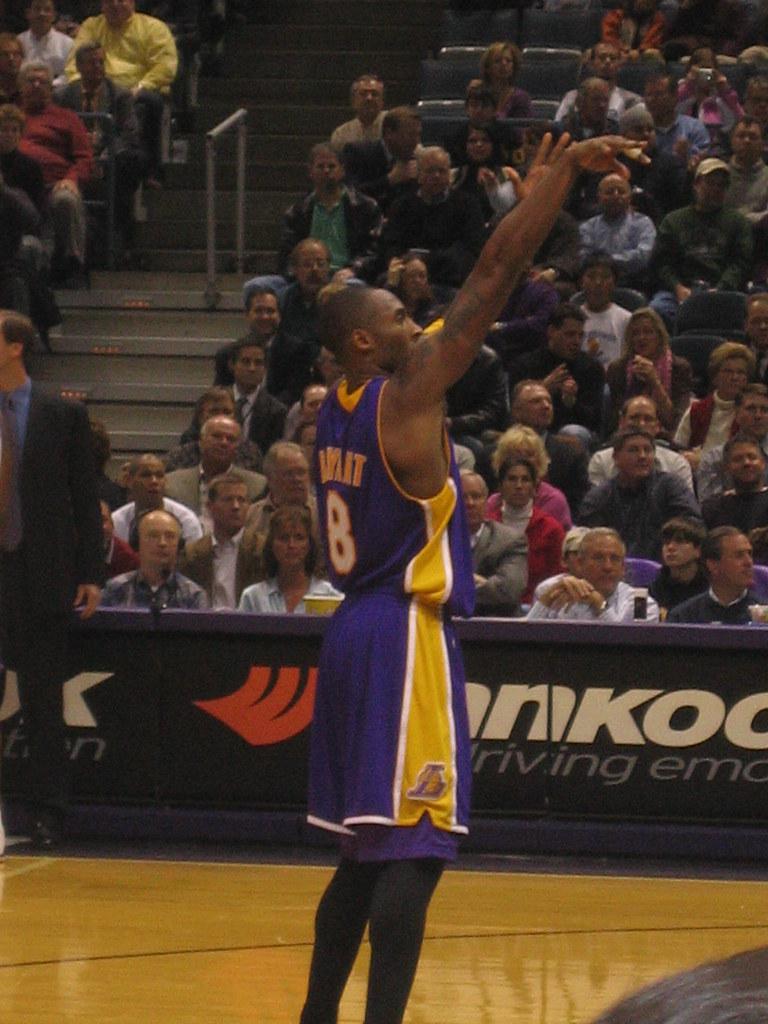The Biomechanics of Byron Nelson’s Legendary Golf Swing: A Technical Analysis
Byron Nelson, an American golf legend renowned for his exceptional swing techniques and unparalleled tournament success, left an indelible mark on the sport. This comprehensive analysis examines the distinctive elements of Nelson’s swing, exploring their meticulous execution and their profound influence on his game.
Delving into Nelson’s grip, stance, takeaway, downswing, and follow-through, the article unveils the intricate biomechanics that facilitated his renowned consistency and power. By dissecting the subtle nuances and exceptional precision that characterized his swing, aspiring golfers can glean invaluable insights to refine their own techniques.
Examining the legacy of Byron Nelson’s golf swing, this article not only provides a deep understanding of his technical expertise but also serves as a testament to the enduring principles that have shaped the game of golf for generations.
The Grip: Precision and Control
##
The grip is the golfer’s first point of contact with the club, and it plays a crucial role in determining the accuracy and power of the shot. Nelson’s grip was meticulous and consistent, providing him with the precision and control that were hallmarks of his swing.
Nelson used an interlocking grip, in which the fingers of the left hand (for right-handed golfers) are intertwined with the fingers of the right hand. This grip promotes a strong and stable hold on the club, allowing the golfer to control the clubface and swing it on the desired path.
- For the left hand, Nelson placed his right pinky in between his ring finger and middle finger, while his left index finger rested on top of his right index finger.
- His right hand was then placed on top of the left, with his right thumb wrapping around the left thumb.
- The grip was not too tight or too loose, but rather a comfortable and secure hold that allowed Nelson to release the club at the right moment.
The Stance: Foundation for Power and Balance
The foundation of Byron Nelson’s legendary golf swing lay in his impeccable stance, which provided a stable and powerful base for his swing. His feet were shoulder-width apart, with his weight evenly distributed, allowing for optimal balance and control.
Nelson’s stance incorporated a slight knee flex, which helped him generate power from his legs and hips. His feet were angled slightly outward, creating a stable base and promoting a fluid weight transfer throughout the swing. The alignment of his feet and shoulders ensured that his swing was square to the target line, maximizing accuracy and consistency.
Strength through stability was a key element of Nelson’s stance. He maintained a firm grip on the ground, engaging his core muscles to prevent excessive lateral movement and ensuring a stable platform for the rotational forces of the swing. This solid foundation allowed him to generate tremendous power while maintaining control and accuracy.
The Takeaway: Initiating the Swing with Grace and Efficiency
###
The takeaway, the initial upward movement of the golf club, sets the foundation for the rest of the swing. Nelson’s takeaway was characterized by its smoothness, efficiency, and precision. He began by gripping the club with his left hand slightly stronger than his right, with his thumbs parallel to each other and pointing down the shaft. His stance was slightly wider than shoulder-width, with his feet parallel and his weight evenly distributed.
As he began the takeaway, Nelson kept his head perfectly still and focused on a spot on the ground about a foot in front of the ball. His left arm remained straight, and his right elbow moved smoothly up and away from his body, keeping the clubshaft on a shallow plane. At the top of the takeaway, the clubshaft was parallel to the ground and pointed slightly to the right of the target line.
Nelson’s takeaway was a masterclass in efficiency and control. By maintaining a smooth, shallow swing plane and keeping his head still, he was able to generate significant power while maintaining accuracy and consistency. This efficiency allowed him to hit the ball a long way with relatively little effort, giving him a significant advantage over his opponents.
The Downswing: Unraveling the Secrets of Power and Accuracy
The downswing, the most critical phase of a golf swing, is where power and accuracy are generated. Byron Nelson’s exceptional downswing mechanics allowed him to wield tremendous power while maintaining remarkable precision. His rhythmic transition from the backswing to the downswing created a fluid and efficient movement that propelled the ball with great velocity and accuracy.
Beginning the downswing, Nelson shifted his weight onto his left foot while simultaneously initiating a powerful hip turn. This hip rotation generated significant centrifugal force, which, when combined with the weight transfer, produced the clubhead speed necessary for distance. Nelson’s arms remained relatively relaxed during this phase, allowing them to swing naturally and freely. His impeccable timing and balance ensured that the club’s path remained consistent, resulting in a penetrating ball flight.
As the downswing progressed, Nelson maintained a firm grip with his right hand, controlling the clubface and preventing excessive twisting. His left hand worked in tandem, providing the necessary support and guidance to maintain the club’s alignment. Nelson’s exceptional hand-eye coordination and spatial awareness allowed him to strike the ball with pinpoint accuracy, time and time again.
The Follow-Through: Completing the Swing with Finesse and Balance
| Follow-Through Sequence | Technical Analysis |
|---|---|
| Post-Impact Zone | After releasing the golf ball, Nelson’s arms extended completely as his torso continued its rotation. He maintained an equilibrium between his body and club, preventing a forceful downward motion. |
| Hips and Lower Body | Nelson’s hips completed their clockwise turn while his knees and ankles remained stabilized. His lower extremities acted as a balanced counterweight, providing stability to the upper body’s momentum. |
| Finish Position | Nelson finished his swing with his heels off the ground, toes pointed slightly outward, and head in a neutral position. His arms extended in front of him, creating a stable and balanced conclusion to his swing. |
Outro
This comprehensive analysis has explored the intricate biomechanics of Byron Nelson’s legendary golf swing, providing a detailed understanding of his exceptional techniques and their profound impact on his game. By dissecting the subtle nuances and exceptional precision that characterized his swing, aspiring golfers can glean invaluable insights to refine their own techniques and emulate the success of one of the greatest golfers of all time.
Beyond the technical aspects of his swing, Nelson’s meticulous course management and unwavering focus also played a significant role in his remarkable achievements. This article has highlighted the interconnectedness of the physical and mental aspects that underpinned Nelson’s success, demonstrating the importance of a holistic approach to the game of golf.
As we reflect on the legacy of Byron Nelson, his contributions to the sport extend far beyond his swing mechanics. He embodied the values of sportsmanship, humility, and perseverance, inspiring generations of golfers to strive for excellence both on and off the course. Through his enduring legacy, Byron Nelson continues to be an iconic figure in the world of golf, serving as a reminder of the enduring principles that have shaped the game for generations.









